50esimo CONVEGNO NAZIONALE DELLA WPSA (Italia)
IL FOSOFORO
NELL'ALIMENTAZIONE DEL POLLAME:
UN CASO DI SOSTENIBILITA'
Forli - Fiera di Forlì 15 APRILE 2014
Cari amici e soci WPSA,
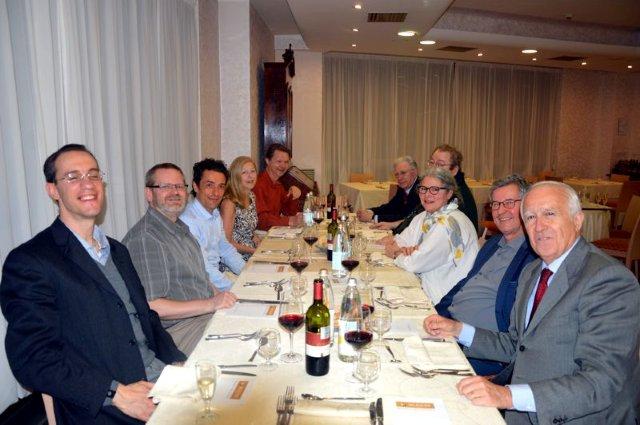
siamo giunti alla cinquantesima edizione del Convegno Nazionale dell’Associazione Scientifica di Avicoltura, Sezione Italiana della World’s Poultry Science Association.
L’evento è il frutto della collaborazione tra la nostra Società Scientifica e la Camera di Commercio di Forlì-Cesena che ha sempre sostenuto le nostre iniziative convegnistiche rimarcando l’interesse del mondo scientifico per un’attività produttiva di rilevante interesse del suo territorio. Un apprezzamento va alla Fiera di Forlì che da anni ci accoglie nelle proprie strutture.
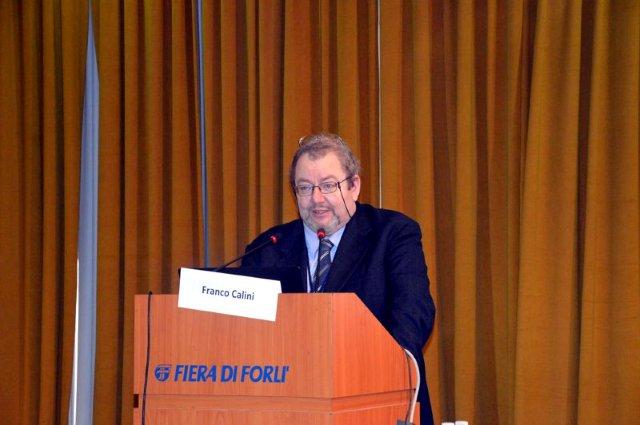 F. CALINI*
F. CALINI*
Vice-Presidente dell’Associazione Scientifica di Avicoltura
*Corresponding author: Questo indirizzo email è protetto dagli spambots. E' necessario abilitare JavaScript per vederlo.
Il fosforo (P) svolge numerose funzioni negli organismi viventi, per i quali è un principio nutritivo assolutamente indispensabile.
È naturale pensare al P come costituente delle ossa, ma prima ancora il P è la chiave di volta del metabolismo energetico delle piante e degli animali, in quanto è una molecola fosforata, l’ATP che è la “moneta di scambio” dell’energia in tutti i sistemi metabolici. L’Adenosina-Tri-Fosfato (ATP) rilascia energia venendo degradata a Adenosina-Di-Fosfato (ADP) e ione Fosfato, e assume energia riformando ATP. Si calcola che in un uomo adulto di 70 kg la quantità di ATP formata giornalmente sia pari al peso vivo – Il meccanismo, ovviamente, non consuma P, che viene riutilizzato, ma media ed attua il rilascio dell’energia a livello cellulare –.
M. RODEHUTSCORD*
Institut für Tierernährung, Universität Hohenheim, 70599 Stuttgart, Germany
Summary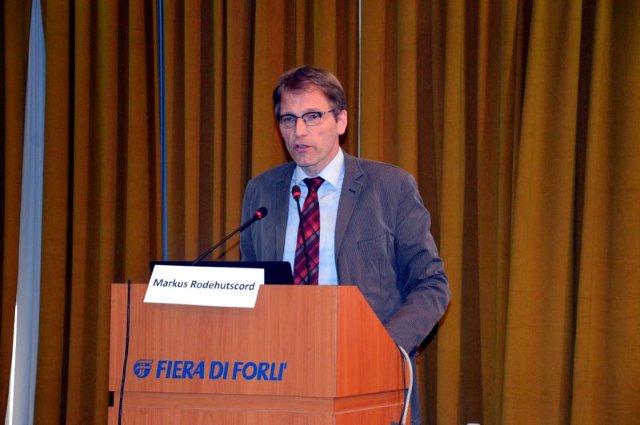 Phosphorus (P) is an element with special relevance for sustainable food production. All animal species have a specific requirement for P. Excretion of P may negatively affect the environment, and the global raw phosphate stores are limited. Therefore, responsible handling of P sources is necessary along the entire food chain. An optimised use in poultry feeding needs to consider the great differences in P availability between P-containing raw materials and the efficacy of phytase supplements. It also needs a precise modelling of the bird’s requirement for available P under consideration of the many factors that affect the requirement. The Working Group No 2: Nutrition of the European Federation of Branches of WPSA made the harmonisation of P evaluation a major objective of their activities. Based on the work of a sub-committee of experts from academia and industry, the Working Group No 2 developed a standard protocol for the determination of available P in broilers. The sub-committee currently compiles a comprehensive feeding table of available P of feed raw materials. This will be based on published scientific publications and reports and the standards as defined in the protocol. The upcoming working package of the sub-committee will be the modelling of the available P requirement.
Phosphorus (P) is an element with special relevance for sustainable food production. All animal species have a specific requirement for P. Excretion of P may negatively affect the environment, and the global raw phosphate stores are limited. Therefore, responsible handling of P sources is necessary along the entire food chain. An optimised use in poultry feeding needs to consider the great differences in P availability between P-containing raw materials and the efficacy of phytase supplements. It also needs a precise modelling of the bird’s requirement for available P under consideration of the many factors that affect the requirement. The Working Group No 2: Nutrition of the European Federation of Branches of WPSA made the harmonisation of P evaluation a major objective of their activities. Based on the work of a sub-committee of experts from academia and industry, the Working Group No 2 developed a standard protocol for the determination of available P in broilers. The sub-committee currently compiles a comprehensive feeding table of available P of feed raw materials. This will be based on published scientific publications and reports and the standards as defined in the protocol. The upcoming working package of the sub-committee will be the modelling of the available P requirement.
D. R. KORVER1* and C. A. TORRES1,2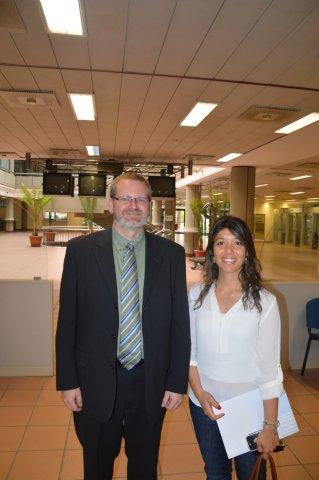 1Department of Agricultural, Food & Nutritional Science, University of Alberta, Edmonton, AB, Canada T6G 2P5.
1Department of Agricultural, Food & Nutritional Science, University of Alberta, Edmonton, AB, Canada T6G 2P5.
2Current address: Nutreco Poultry Research Centre, Ctra. Cm. 4004, Km. 10,5 45950, Casarrubios del Monte (Toledo) Spain.
Introduction
Bone development and metabolism is essential to the health and productivity of poultry. Although most research in poultry bone metabolism is understandably focused on calcium and phosphorus, trace elements are essential for proper bone formation and maintenance as well. Bone formation starts in the egg at approximately 3.5 days of incubation with the formation of a cartilage model (Osdoby and Caplan, 1981), with mineralization beginning at approximately 10 days of incubation (Pechak et al., 1986). As the embryo develops, ossification begins at the mid-region along the length of the developing bone. The mineralized region begins to extend towards either end of the bone, and the cartilaginous growth plates form a new organic framework for the linear growth of the bone.
Y. NYS*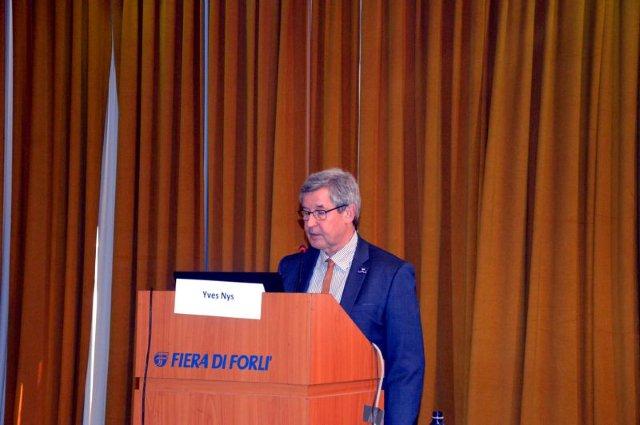
INRA, UR83 Recherches Avicoles, F-37380 Nouzilly, France
Phosphorus is an essential nutrient for numerous metabolic functions in laying hens from the cell level to the whole organism. Phosphorus is a constituent of nucleotides (ADN, ARN), ensures transfer of energy (ATP, ADP, GTP), is part of phospholipids which form the cell membranes and participates to numerous regulations of cell pathways through phosphorylation of proteins. At the level of the organism, phosphorus contributes to the acid-base and water balance and buffers cells and external fluids. It also contributes to regulation of feed intake in case of low and marginal supply of phosphorus but the magnitude is lower in hen compared to broilers. Indeed, P deficiency is known to induce many metabolic disorders resulting in deterioration of bone status, appetite and reproductive functions.
JOHN T. BRAKE, Ph.D., PAS*
Prestage Department of Poultry Science, North Carolina State University, Raleigh, NC 27695-7608 USA
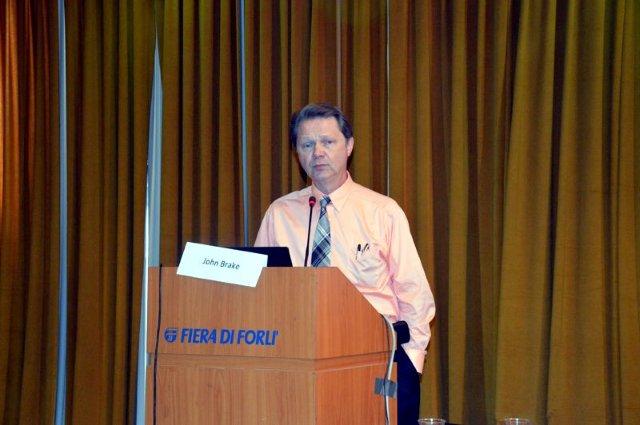
One cannot discuss phosphorus (P) in broiler breeder diets without discussing calcium and phytase given the intimate linkage that has developed among these dietary components while poultry nutritionists have strived to improve environmental sustainability and keep feed costs low. Further, an optimum dietary level of P has not universally been agreed upon given that information obtained from AgriStats indicated that the average available phosphorous (AvP) level in the commercial USA breeding diet has recently been 0.37% with a range from 0.27% to 0.43%. Presumably, the lower level was facilitated by phytase addition. Unlike the commercial laying hen where low AvP diets have been managed successfully for many years as a means to improve egg shell quality and reduce breakage, broiler breeders must produce quality broiler chicks that do not exhibit live performance problems. This additional factor has complicated the development of optimum diets in broiler breeders. In fact, there has been relatively little research that investigated the vertical effects of P nutrition in broilers and their parents.





